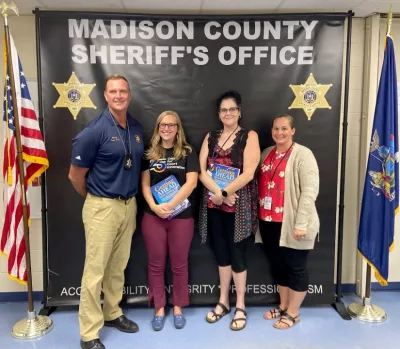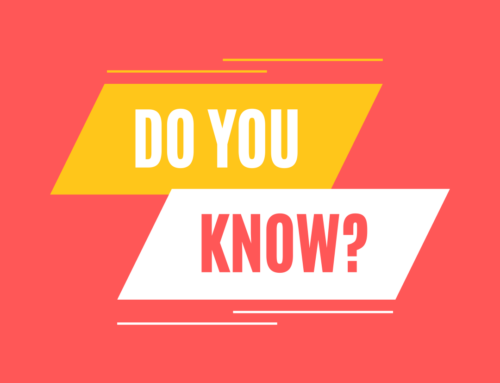 The Madison County (New York) Getting Ahead Coalition (part of the aha! Process Getting Ahead While Getting Out program), with the help of Madison County Sheriff Todd Hood, is helping those who are incarcerated at the Madison County Correctional Facility find hope and possibility for their lives after incarceration. Both Sheriff Hood and the Madison County Getting Ahead Coalition are active proponents of the Madison County Opportunities for Re-Entry and Employment (MORE) program, which was designed to bolster post-incarceration economic prospects.
The Madison County (New York) Getting Ahead Coalition (part of the aha! Process Getting Ahead While Getting Out program), with the help of Madison County Sheriff Todd Hood, is helping those who are incarcerated at the Madison County Correctional Facility find hope and possibility for their lives after incarceration. Both Sheriff Hood and the Madison County Getting Ahead Coalition are active proponents of the Madison County Opportunities for Re-Entry and Employment (MORE) program, which was designed to bolster post-incarceration economic prospects.
Those enrolled in the MORE (part of Getting Ahead While Getting Out) program take part in group training sessions for 10 weeks, and, after release from the correctional facility, participants benefit from one-on-one case management, which includes receiving help in finding employment. While still incarcerated, enrollees learn skills that will help them in the job market, skills such as networking, relating to employers, and employer expectations.
According to MORE program coordinator Rachel Copland, the first group of participants recently completed the program, and there are 14 people—10 men and four women—in the current group. Copland said that intake surveys help identify those who could be helped by the MORE program.
In addition to training program participants in skills needed for employment, getting recently incarcerated folks into housing is a top priority. Whether one lives with old acquaintances who are still committing crimes or finds themself back on the street, both of these living situations dramatically increase the chances that one will find themselves back in jail, said Copland.
There is a strong connection between employment and being able to afford adequate housing, and both are challenges for the recently incarcerated. Data from the Reentry and Housing Coalition shows that between 30% and 50% of those on parole are homeless. Housing prices don’t help matters. In 2020, per statistics from the Habitat for Humanity, 30% of households suffered from rent payments or mortgage payments that were financially out of reach. In this context, the definition of unaffordable is housing costs that exceed 30% of one’s annual income.
To combat these problems, the MORE program is a recipient of an Alliance for Economic Inclusion grant, and the Center for Court Innovation, an agency that works with the State of New York in re-entry and violence prevention programs, oversees Copland’s work.
Copland emphasized that re-entry programs don’t just affect “other people”—risk factors for incarceration include substance abuse, poverty, mental illness, and other common problems that no one is immune from. Thus, helping incarcerated people return to lives of community and productivity is something that impacts and involves all.
The next online Getting Ahead While Getting Out Certified Facilitator Training will take place from 1–4 p.m. (Central) on October 14, 2022. Click here to register.








